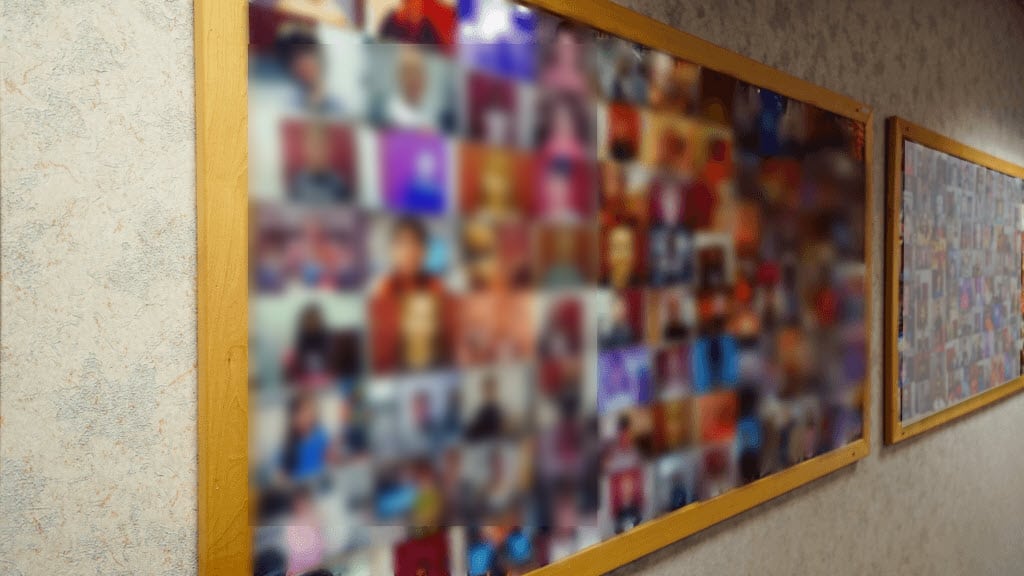Concussions / Brain Injury
Concussions
Vision is a learned process, and patients with brain injury often revert to stages of learning how to use vision for the first time. Changes involving primitive reflexes may occur. Many of the strategies used in helping children from a visual development standpoint can also be applied to restoring visual function and performance.
While acquired brain injuries are often associated with stroke or motor vehicle accidents, increasing attention is being given to the effects of concussions among athletes of all ages. The cumulative effects of concussion can interfere with visual abilities. In a recent study, visual processing speed involving the types of eye movements used when reading slowed considerably when cognitive function was impacted by concussion.
The same multidisciplinary approach involving optometric care that is beneficial to the patient with developmental learning problems can benefit the patient’s acquired brain injury. At PressVision at Family Eyecare Associates, we pride ourselves in being up to date in the latest research, technology, and applications of brain based vision therapies.
Brain Injuries – Vision Rehabilitation
The process of vision rehabilitation begins with setting priorities regarding goals. Following an in office evaluation, we identify the extent of any visual problems and how they are impacting activities of daily living. In many instances, a key family member becomes part of the team in helping restore better visual function. Invariably the patient has received a significant amount of care prior to coming to our office, and a review of reports or records of this previous care is essential.
Our focus is on visual function in the presence of reasonably good eyesight. Rehabilitation may involve refinement or updating of the patient’s lens prescription. In select instances prisms are used to address double vision, this may involve prism to help both eyes work together better. In other instances, yoked prism may be used to reposition where the patient is looking. This not only affects the ability to see singly but can have a profound effect on balance and movement. Yoked prism may be used in cases of visual field loss, neglect, or inattention.
In some cases, patients are prescribed in-office optometric vision therapy activities to improve visual function and performance. The nature and frequency of the therapy is determined based upon the results of the doctor’s evaluation, the patient’s history, and input from other professionals.
One component of vision rehabilitation may involve low vision services. When this is indicated, we refer patients to optometric colleagues who specialize in that field.
Brain Injuries – Peripheral Vision Problems
Patients with acquired brain injuries often have difficulty with peripheral vision even though they are still capable of 20/20 eyesight. The most common example of this is a patient with homonymous hemianopia (in vision glossary), meaning that one half of the visual field is missing on either the right or left side.
Visual fields are measured while you place your chin on a chin rest looking straight ahead. Our Matrix technology (link to testing & pics/videos) allows this to be done without having to wear an eye patch. You’re asked to click a small mouse clicker whenever you think you’ve seen a light off to the side. As you can see here, the top image has a field within normal range for an older adult. The dark spots on either side are the brain’s normal blind spot reference to each eye. The bottom image shows the right half of each field to be dark, therefore this person has a right homonymous hemianopia. *(confirm we’re using the images noted)
To a person with this condition, the top scene in the photo on the right would appear to look like the one on bottom.
Peripheral vision problems of this nature cause great difficulty in reading. Our ability to read is directed by saccades, or small eye movements proceeding right to left. A patient with homonymous hemianopia is always moving their eyes toward the blind field, and therefore loses the preview of what is coming next making eye movement patterns uncertain and unstable. Other functions that are disrupted involve orientation and mobility. Patients will veer to the left and may bump into objects on the right side, being unaware of them. Driving becomes a major challenge.
In many instances, patients with peripheral vision problems can benefit from lenses, prisms, or optometric vision therapy.
Brain Injuries – Driving Problems
Patients with brain injury due to stroke or head trauma have significant driving problems. This may be due to eye muscle problems causing double vision, peripheral vision problems, or problems with cognitive processing. Visual processing speed and motor response time are factors that are often affected. These problems can often be helped through optometric care.
The decision as to whether it is safe for the patient to resume driving, a critical component of an individual’s independence, is usually a mutual one between professionals and the patient’s family.
Strokes
Content coming soon…












